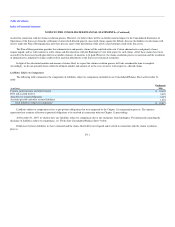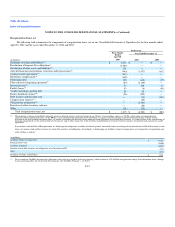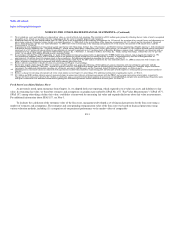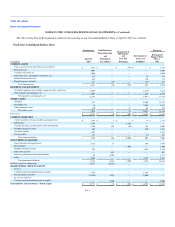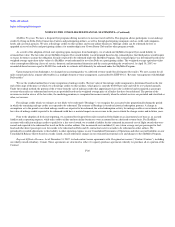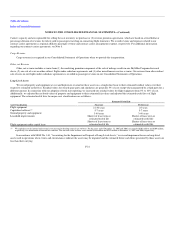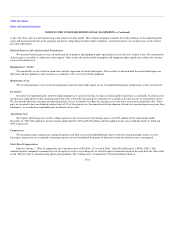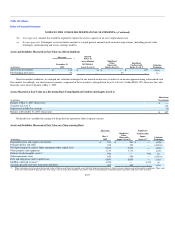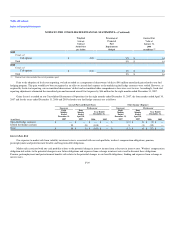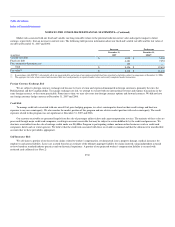Delta Airlines 2007 Annual Report Download - page 81
Download and view the complete annual report
Please find page 81 of the 2007 Delta Airlines annual report below. You can navigate through the pages in the report by either clicking on the pages listed below, or by using the keyword search tool below to find specific information within the annual report.
Table of Contents
Index to Financial Statements
NOTES TO THE CONSOLIDATED FINANCIAL STATEMENTS—(Continued)
Carrier's capacity and are responsible for selling the seat inventory we purchase or (2) revenue proration agreements, which are based on a fixed dollar or
percentage division of revenues for tickets sold to passengers traveling on connecting flight itineraries. We record revenue and expenses related to our
contract carrier agreements as regional affiliates passenger revenue and contract carrier arrangements expense, respectively. For additional information
regarding our contract carrier agreements, see Note 8.
Cargo Revenue
Cargo revenue is recognized in our Consolidated Statements of Operations when we provide the transportation.
Other, net Revenue
Other, net revenue includes revenue from (1) the marketing premium component of the sale of mileage credits in our SkyMiles Program discussed
above, (2) our sale of seats on other airlines' flights under codeshare agreements and (3) other miscellaneous service revenue. Our revenue from other airlines'
sale of seats on our flights under codeshare agreements is recorded in passenger revenue on our Consolidated Statements of Operations.
Long-Lived Assets
We record property and equipment at cost and depreciate or amortize these assets on a straight-line basis to their estimated residual values over their
respective estimated useful lives. Residual values for owned spare parts and simulators are generally 5% of cost except when guaranteed by a third party for a
different amount. In connection with our adoption of fresh start reporting, we increased our residual values for flight equipment from 5% to 10% of cost.
Additionally, we adjusted the net book values of property and equipment to their estimated fair values and adjusted the estimated useful lives of flight
equipment. The estimated useful lives for major asset classifications are as follows:
Estimated Useful Life
Asset Classification Successor Predecessor
Flight equipment 21-30 years 25 years
Capitalized software(1) 5-7 years 5-7 years
Ground property and equipment 3-40 years 3-40 years
Leasehold improvements
Shorter of lease term or
estimated useful life
Shorter of lease term or
estimated useful life
Flight equipment under capital lease
Shorter of lease term or
estimated useful life
Shorter of lease term or
estimated useful life
(1) We capitalize certain internal and external costs incurred to develop internal-use software. For the years ended December 31, 2007 and 2006, we recorded $101 million and $109 million,
respectively, for amortization of internal-use software. The net book value of these assets totaled $246 million and $252 million at December 31, 2007 and 2006, respectively.
In accordance with SFAS No. 144, "Accounting for the Impairment or Disposal of Long-Lived Assets," we record impairment losses on long-lived
assets used in operations when events and circumstances indicate the assets may be impaired and the estimated future cash flows generated by those assets are
less than their carrying
F-21


